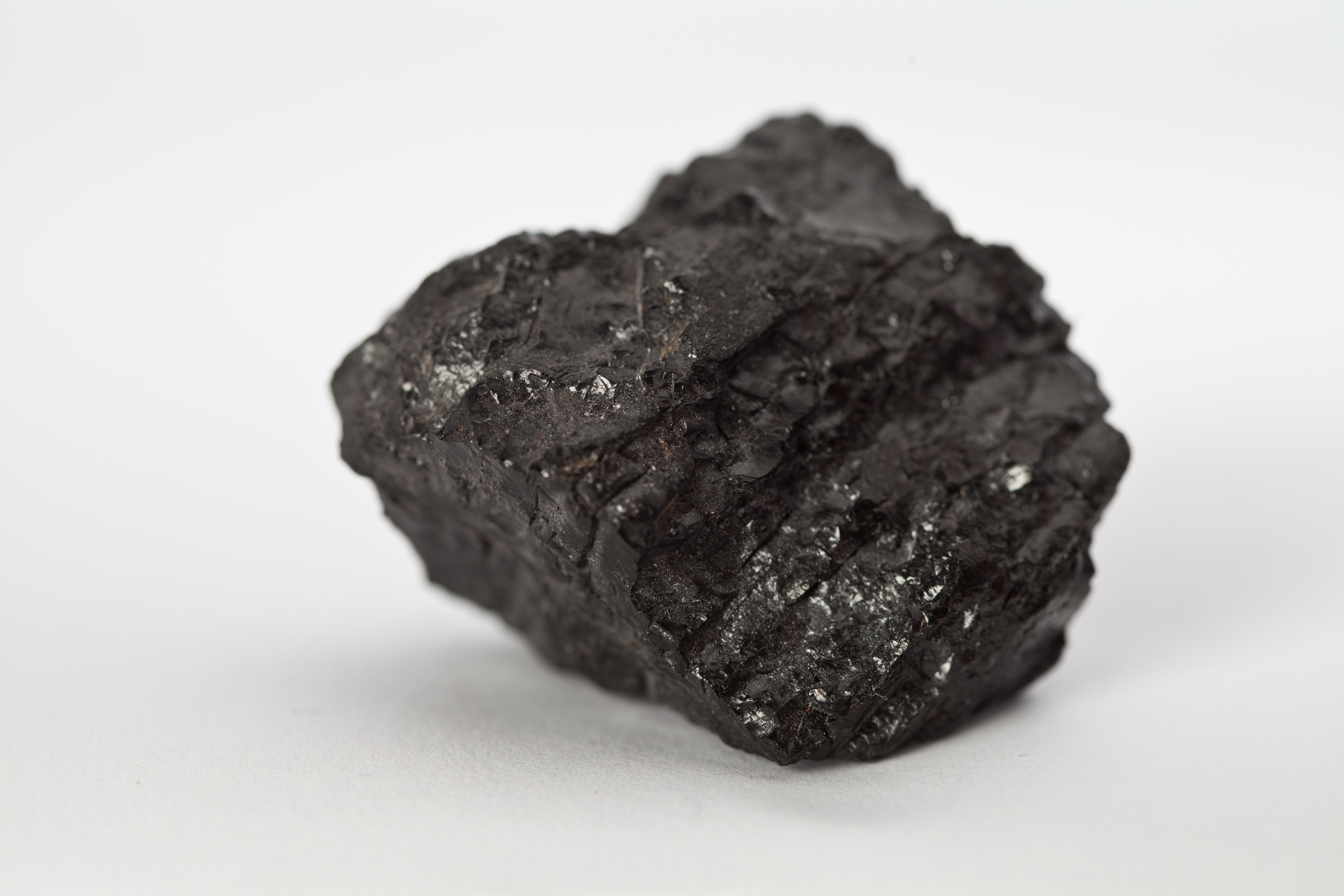In just a decade, it has gone from King Coal to Coal Kills. From fueling development around the world to a dangerous, dirty mineral in steep decline.
Coal is a dead man walking because of two fundamental reasons: the revelation of the true cost of its deadly pollution and the booming clean energy economy. Both reasons disproportionately impact the Latino community.
According to a study conducted in 2011 by several universities, including Harvard, the annual cost of coal in the US, from extraction to combustion to disposal and storage is up to $500 billion. This includes health, environmental and economic costs, of which the coal industry does not pay a single penny. It drops all those externalities on the rest of us, including you and your family.
The Atlantic magazine has just published an article revisiting the study by interviewing one of its authors, Jonathan Buonocore, a Harvard research fellow. The conclusion is that the estimates from four years ago could have fallen dramatically short of reality. Originally, the report indicated that the coal industry’s annual health care costs across the world almost hit the $200-billion mark.
Buonocore acknowledges that back in 2011 they had a limited understanding of the true scope of climate change caused by coal and that they used a key factor —the EPA’s Social Cost of Carbon— which turned out to be painfully low. In fact, a recent study by Stanford University reveals such a cost is six times higher.
Buonocore’s figures the true coal costs are up to three times as high as the initial estimates, which has turned clean energy into a much more competitive option. One conclusion that has not changed, nevertheless, is that communities of color, such as Latinos, disproportionately suffer the impact of coal and the climate crisis it generates.
A recent poll by Earthjustice and Green Latinos found that 78 percent of Latino voters have experienced the consequences of climate change in their communities, and that 82 percent are worried or very worried about it.
The survey sends a severe warning to anyone who would ignore the concerns of Latinos over pollution and the climate crisis in favor of the agenda of big polluters. Larger percentages of voters consider water quality (90%) and conservation (86%), and the reduction of air pollution (85%) more important than immigration reform (80%).
Coal’s future indeed looks bleak among my community, as a whopping 84 percent of Latino voters support that the US government mandate increases in clean energy sources, like solar and wind.
And that is precisely what the Obama administration’s recent Clean Power Plan does. The initiative will reduce carbon emissions from coal-burning plans by 32 percent by 2030 in relation to 2005 levels. The plan offers several options to each state to reach those goals, but in general terms, it does kick the door wide open for a clean energy economy to substitute dirty coal in our country.
Shocking no one, the coal industry and its lackeys in Washington predicted the plan would trigger all sorts of economy cataclysms. The truth is 70 percent of Americans support the plan, which will avoid 3,600 premature deaths, 90,000 asthma attacks and 1,700 heart attacks every year.
The alternative to fighting the climate crisis is unthinkable. According to a study by Citigroup, inaction would cost some $44 trillion by the year 2060.
Fortunately, the world is tuning out the lamentations of this incredibly shrinking mineral.